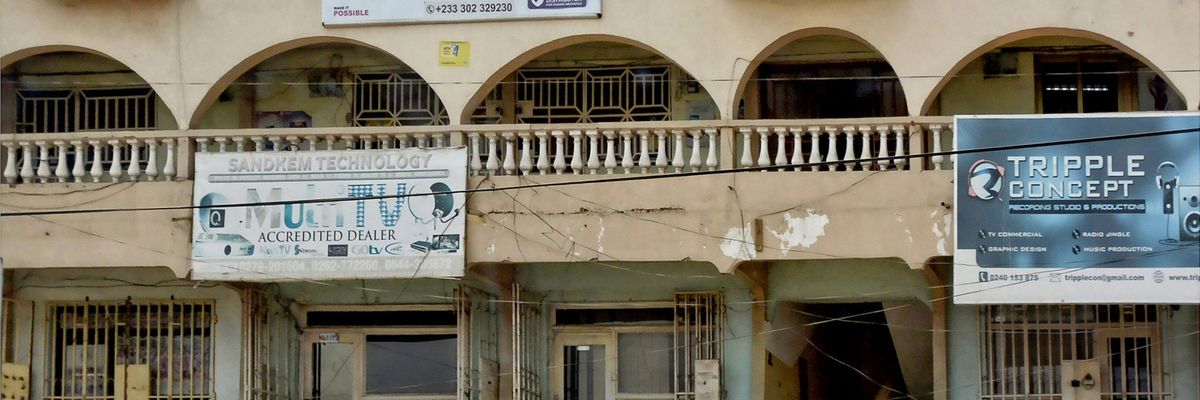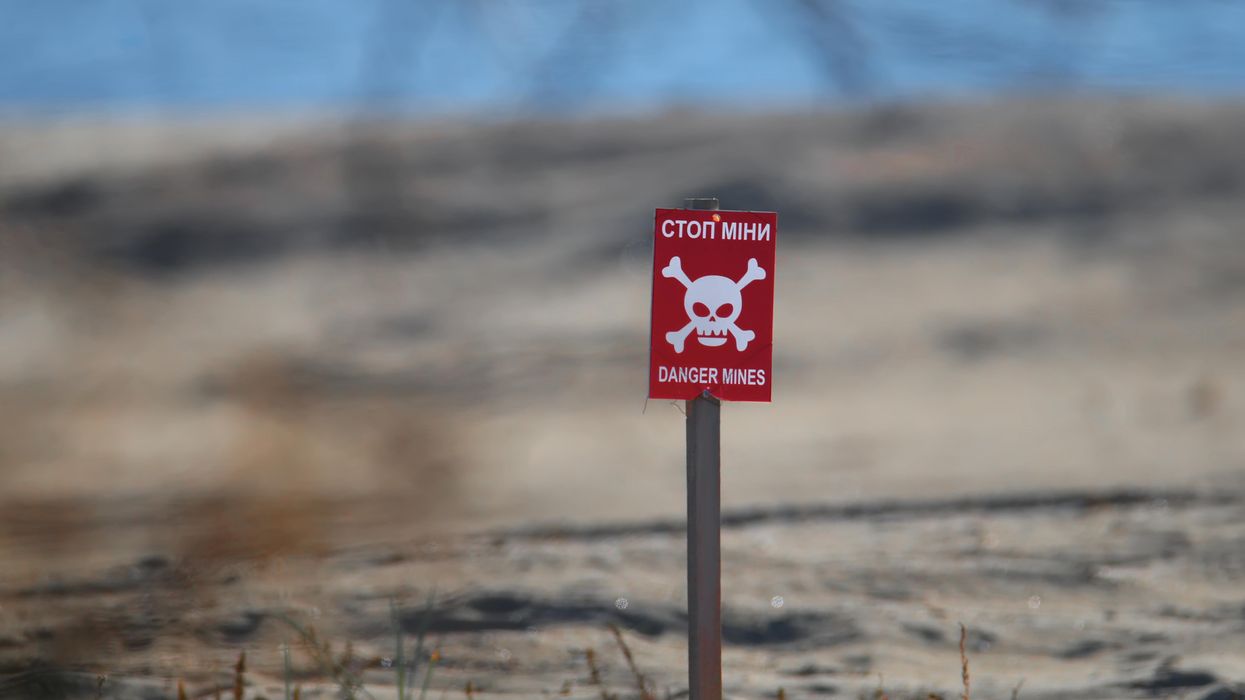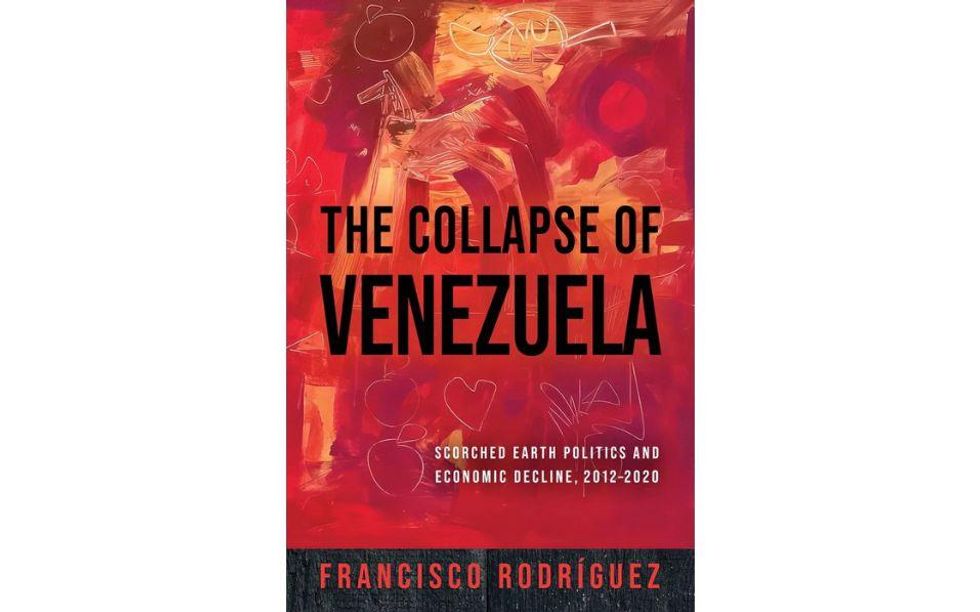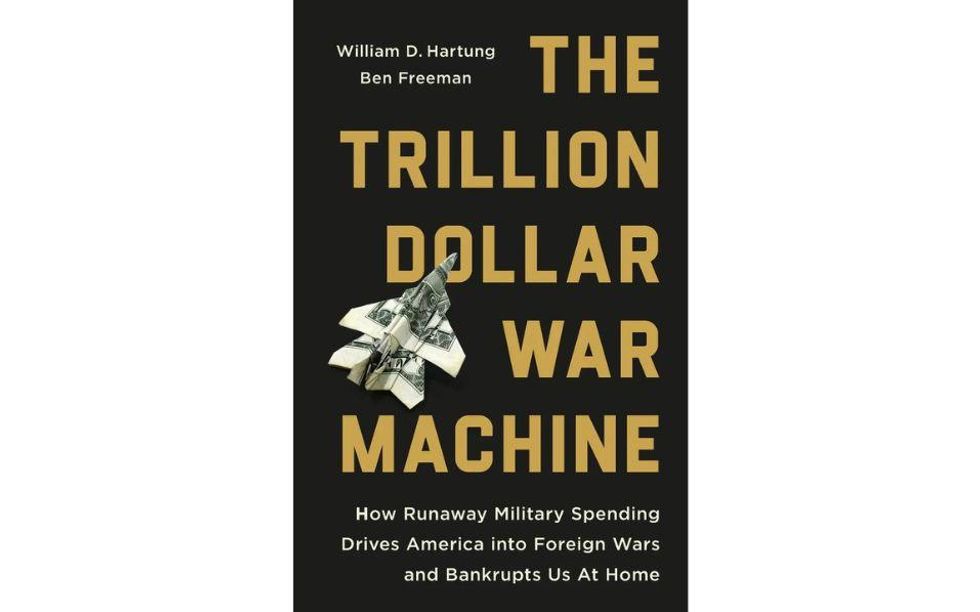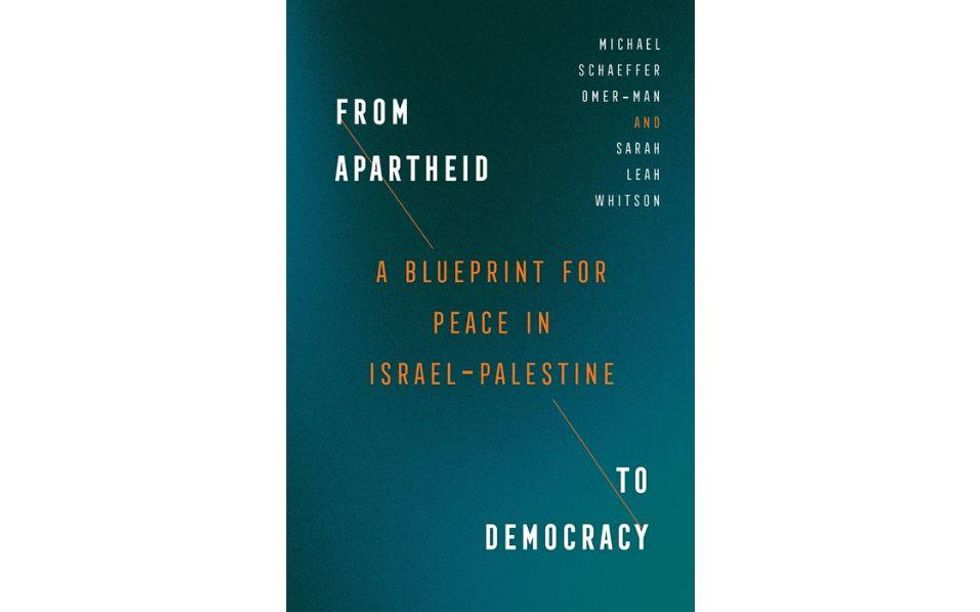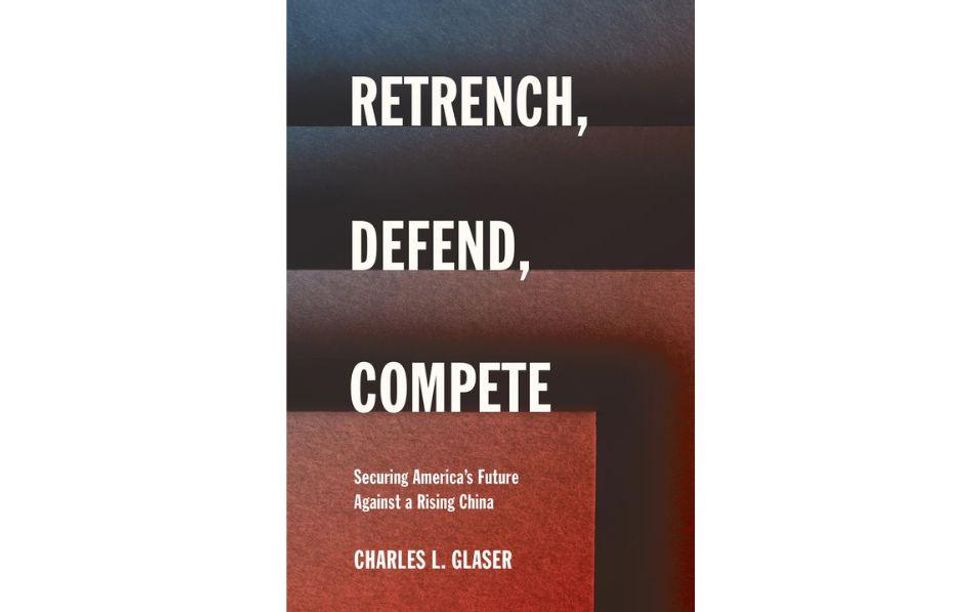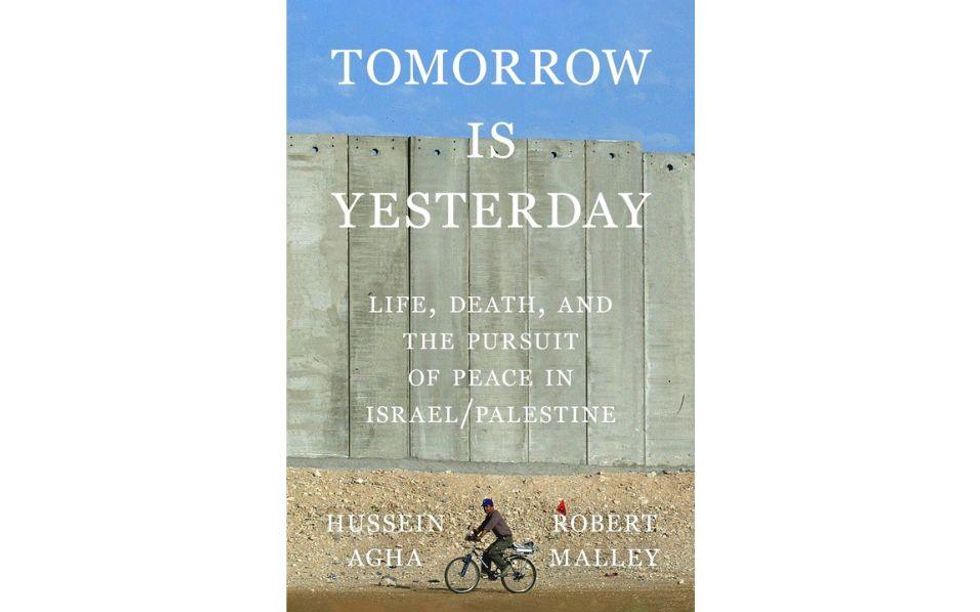The twenty-first century began with venerable magazines like the Economist and much of the Anglo-American policymaking sphere declaring that Africa was “the hopeless continent.” Ten years later, the tune had changed: the Economist was flaunting the “Africa is Rising” narrative.
The narrative changed because during the first two decades of the twenty-first century, African economies posted some of the most enviable Gross Domestic Product growth rates in the world. Kenya and Ghana over the last decade have regularly posted growth rates of over 5 percent. Over the last 20 years, according to widely accepted World Bank measures, countries like Nigeria, Ghana, and Kenya, the largest economies in both West and East Africa, became middle income economies.
Yet rather than simply cheer these successes, the discourse on Africa in Washington, DC has focused on competition and security. Africa’s economic success has renewed concerns about a “new Scramble for Africa” and Chinese imperialism, even as the American security footprint across the continent has expanded in the name of fighting the so-called “war on terror.”
In part, the anxiety in Washington has been fueled by China’s growth as a major trading partner and investor across the African continent. With the signing of the African Growth and Opportunity Act in 2002, trade between the United States and Africa grew to $100 billion dollars per year in 2008. A hallmark of this trade agreement was that it removed tariff barriers on over 6,500 products originating in Sub-Saharan Africa.
Yet in the aftermath of the 2008 global financial crisis, trade between the U.S. and Africa declined substantially, even as economic growth accelerated in many economies across the continent. The domestic shale revolution in the U.S. meant fewer imports of energy products from Africa. And the increased cost of compliance and capital for major U.S. financial institutions represented another reason for the decline in trade — which led many of the largest U.S. financial institutions to pull out of African markets deeming them to be both too small and unprofitable.
As the U.S. reduced its economic involvement with Africa, China surged ahead. Oil exporting countries like Angola saw their growth rates plummet, but diversified economies like Kenya — with a strong emphasis on transportation, logistics, and services — actually saw their economies show surprising resilience, unlike major developed world economies.
In 2009, China became Africa’s largest trading partner for the first time, supplanting the U.S.. Since 2015, 25 percent of Africa’s external trade has been with China, while Chinese foreign direct investment is increasingly involved in Africa’s manufacturing sector not simply resource extraction.
Additionally, while the U.S. has been largely absent in the kinds of infrastructure investments that are at the heart of the recent landmark African Continental Free Trade Agreement, China frequently increased the indebtedness of borrowing countries, but it has redirected investment to building the infrastructure necessary to connect the 1.2 billion people included in the continental trading zone. In contrast to the ambitions of China’s Belt and Road Initiative, the signal infrastructure project for Africa championed by the Obama administration was the Electrify Africa Act scheme which aimed to bring electricity to 60 million Africans by 2030. Announced as a public-private partnership in 2013, the scheme got off to a very slow start. Three years later at the end of Obama’s second term, the Vice Chairman of General Electric, one of the project’s principal backers, told an audience in Rwanda that, “But if you look today at the number of megawatts that are actually on the grid directly related to the Power Africa initiative, it is very little.”
In explaining the discrepancy between U.S., European, and Chinese efforts to reach out to African economies, Tibor Nagy, the U.S. Assistant Secretary of State for African Affairs, said recently that, “For too long when investors have knocked on the door, and Africans have opened the door, the only person standing there was the Chinese.”
Yet, depicting an image of declining U.S. and European involvement in Africa in the face of rising Chinese, and now Russian, entanglements across the continent is a useful fiction.
The United States has hardly disengaged from Africa. Instead, over the last decade the U.S. has shifted its focus from Africa as a source of raw materials and trade to the newest counterterrorism front.
The Trump administration reminded the American public of the U.S. military’s vast presence across the continent in forgotten small wars when American special forces were killed outside a small village in Niger in October, 2017.
The incident first focused on whether sufficient respect had been paid for the loss of military lives, but it soon escalated into a debate about why U.S. troops were there in the first place.
Just a few months later, after Trump himself called Haiti and a number of African states “shithole countries,” the administration began debating whether to restrict U.S. counterterrorism missions on the continent. However, the same month as the Niger attack, the U.S. announced that it would support the expansion of military support to the G5 — the group of five Sahel countries: Burkina Faso, Chad, Mali, and Mauritania — in order to combat al-Qaida and the Islamic State. Then-U.S. Ambassador to the United Nations Nikki Haley claimed that “violent extremism” was a growing problem across the continent. Consequentially, without articulating a clear strategy, Africa continues to be an extremely active zone of active combat.
At the time of the Niger attack, Pentagon officials estimated that there were 6,000 active U.S. troops located on the continent. Many of them redeployed to Africa from the Middle East in order to chase local affiliates of the Islamic State and al-Qaida as combat began to decline in Iraq after 2011.
The largest increase in special forces operations in Africa occurred under the Obama administration. Even as the U.S. trade relationship with African economies declined after 2008, the numbers of special forces operators spread throughout the continent increased dramatically. While handwringing breaks out occasionally over the level of U.S. military involvement across the continent, troop numbers in recent years have barely budged.
According to an Intercept report in 2018, 16.5 percent of U.S. commandos (Green Berets, Navy Seals, US Rangers, etc.) are deployed in Africa. This is a dramatic rise from the years immediately following the terrorist attacks of 9/11. In 2006, for instance only 1 percent of special operators were deployed in Africa.
Today, more commandos are deployed in Africa than in any region of the world except for the Middle East. Yet the purpose of these missions remains vague, most are officially deployed for training missions and allegedly not involved in combat.
But as the Niger incident demonstrates, the line between these two types of missions is at best blurry. The number of bases has fluctuated over the last couple of years, the Pentagon says there are 29 active U.S. managed military facilities spread across the continent, primarily in the Horn of Africa and the Western Sahel.
There is an ongoing discussion about the future of the U.S. military presence in Africa as the Trump administration debates ways to contain China as a “near peer-competitor” rather than focusing primarily on counterterrorism missions. Just this week, the commander of Special Operations Command General Richard Clarke told an industry audience that the special forces continue to look for their mission in relation to the confrontation with China.
The danger is that the U.S.’s Africa policy — which is largely devoid of an economic and political strategy, evidenced by the long vacant ambassadorships to major countries like South Africa — will become the venue in which American policymakers try to find a new mission for special forces to contain China. Such a policy would be a tragedy in which the U.S. once again chooses “endless wars” over the kinds of economic and political engagement that the growing economies in Africa are demanding. It would also once again mean that only the Chinese were knocking on the door of Africa’s economic future.

